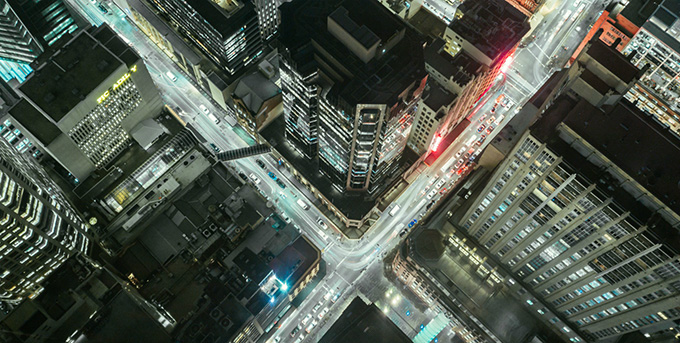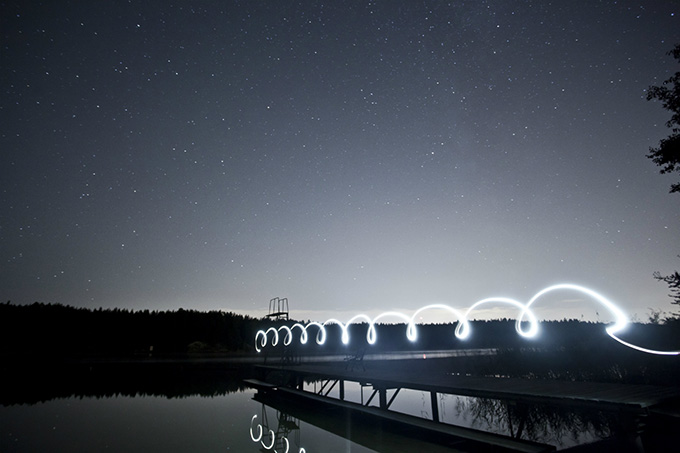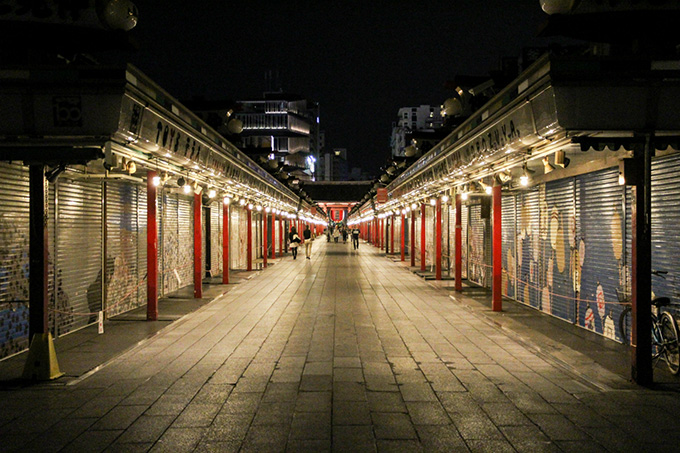
The past few years have seen a massive boom in lighting projects in facilities across the globe. Examples include Hilton upgrading its marquees and rooms to become more efficient, and the Indian government ordering LED street lights to be installed in 100 cities to protect the environment and the safety of its citizens alike.
Now, with smart lighting becoming more affordable and accessible, facilities managers are presented with an ever-increasing set of opportunities to make built environments more occupant-friendly.
The impact of the Internet of Lights is not limited to reduced operational costs or improved sustainability. Here are a few other ways smart lighting can improve facilities and workspaces.
Companies Could See Big Gains in Employee Wellness and Productivity
Intelligent lighting systems let you tailor the visual realm of a work environment to employee needs, and this has a measurable impact on wellness and individual productivity.
Even small gains lead to big results. Electrical Contractor magazine suggests that if a good lighting system adds even 1% to productivity, that’s a significant improvement across the business.
So, how does smart lighting do this? First, it’s important to understand the difference between environments that are properly lit and those that aren’t.
In the past 30 years, computer use has increased in both home and work environments. Long-term exposure to computer use has been linked to eye strain, which can be partially alleviated with better lighting.
Dim lighting has also been attributed to the degradation of workplace productivity, with studies showing that it causes drowsiness. It can also cause your employees to lose focus, leading to reduced productivity.
Efficiency expert Andrew Jensen says harsh lighting is even worse. The logical conclusion for facilities managers is this: If you want to optimize employee productivity, then you must invest in lighting that creates the most optimal work conditions by ensuring that office lighting isn’t too dim or too harsh.
Smart lighting solves these issues. It can be used to keep office environments lit at the optimal intensity based on the unique conditions of your workspace.
For instance, do you have huge windows with direct sunlight entering the office at certain times of day? Smart lighting can be programmed to adjust on the basis of how much natural light your employees are getting and to adjust based on employees’ use of computers.
While you will likely save on energy costs, the bigger takeaway here is that smart lighting can directly impact employee satisfaction and productivity, and in turn, your bottom line.

Wellness Concerns in Other Environments
Your facility’s occupants don’t have to be workers to benefit from smart lighting. Consider patients in a healthcare facility, for example. A white paper titled The Impact of Light on Outcomes in Healthcare Settings by Anjali Joseph, Ph.D., director of research at The Center for Health Design, makes clear the benefits of adequate lighting for elderly patients.
“Light impacts outcomes in healthcare settings by reducing depression among patients, decreasing length of stay in hospitals, improving sleep and circadian rhythm, lessening agitation among dementia patients, easing pain, and improving adjustment to night-shift work among staff,” Joseph says.
Of course, those benefits extend to all building occupants. So, not only does adequate lighting help the patients, but it also improves the health and wellness of the medical staff when the right lighting is used.
Smart Lighting Can Create Better Retail Experiences for Shoppers
Smart light bulbs and smart light sockets have abilities that go far beyond merely responding to lighting needs. They can also create a layer of sensors across an entire facility that will let an FM collect data and ultimately drive better experiences for the building’s occupants.
French hypermarket chain Carrefour immediately recognized the retail applications for this technology, and as PowerRetail’s Sam Gopal writes, has begun to roll out smart LED systems that can track the position of each shopper in the store.
“The system uses the supermarket’s light fixtures to form an indoor positioning grid and, integrating Philips’ Visible Light Communication technology, each LED fixture emits a unique code through light that is invisible to the human eye but is detected by the camera on a smartphone and read by Carrefour’s accompanying iOS mobile app,” Gopal writes.
“This code triggers an app which shows the customer exactly where they are in the store, and helps them to navigate the 7,800 square metre shop-floor to guide them to items on their shopping list and provide information relevant to their location, such as details of special offers, new products and recipe ideas.”

It Could Also Help Build Smarter Neighborhoods and Cities
Now, expand the scope of what Carrefour is doing to whole neighborhoods and cities. That’s what GE vice president and director of global technology, Bill Ruh, is doing. He tells TechCrunch’s Rob Miller that smart streetlights, for example, would have the capacity to track other environmental data such as weather or a parking lot’s occupancy.
That would let municipal decision makers get granular data about foot and vehicle traffic patterns. It could also let them monitor specific areas for the sake of public safety — though there is obviously a line that must be struck between omnipresent monitoring and the need for safety.
One novel balance of those concerns comes from the Netherlands, where Innovation Arena, a company that specializes in the creation and optimization of stadiums, partnered with the City of Amsterdam to install smart lights around a soccer stadium. In the summer, the stadium’s managers dim the lights to save money, but if rowdy fans are yelling and being destructive, the lights will shine super bright so the police can have them move along.
Having light systems that can dynamically respond to need also helps fight light pollution, writes Prism Energy Services, which points out that an “overabundance of white light emitted on city streets and parks” can actually mimic the effects of jet lag on our bodies’ circadian rhythms.
“This is why LED smart lighting is becoming the center of focus,” the team writes. “LEDs are revolutionary for the fact that they have much more control capabilities. With controls, we can measure how much light is emitted, and whether a light needs to be turned on or dimmed, depending on pedestrian or vehicular activity. This would solve two issues: updating sodium-based lighting to LEDs, saving millions of dollars in lighting energy expenses, and gradually reducing light pollution.”
Expect to see an increasing number of creative applications of smart lighting as it becomes more affordable, more accessible and an easier sell in the coming years.
Credits:
Seb ZurcherAxel
Eutah Mizushima

